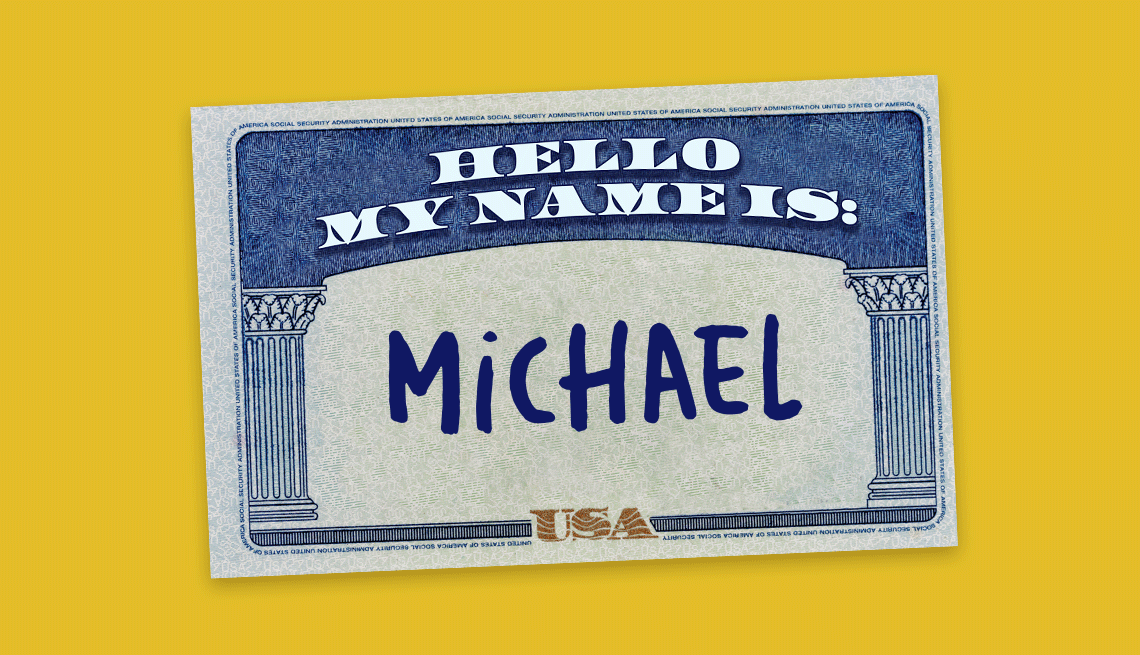AARP Hearing Center


Shakespeare asked, “What’s in a name?” Laura Wattenberg tracks what names are in.
The author of The Baby Name Wizard, Wattenberg has a vast and unexpected resource for her work: the Social Security Administration (SSA).
Of course, this giant federal bureaucracy’s primary focus is delivering monthly benefit payments to more than 73 million retirees, people with disabilities and members of their families.
But it is also the most significant source of information on what we name our kids, thanks to a vast database that includes the names of almost every American born since the mid-1930s and millions more born before that who had obtained Social Security cards.
“There’s almost nothing else like this,” Wattenberg says. “It’s been a really important force in our culture.”
It was also inadvertent.
‘His bosses thought he was crazy’
The SSA has been collecting data on birthdates and names virtually since its founding 90 years ago, but it didn’t set out to become the national library of nomenclature. Not until the late 1990s did anyone even think to tap in to this unparalleled storehouse to see what names were the most common.
That’s when Michael Shackleford, an actuary working for the SSA, produced the first-ever historical accounting of the most popular names given to babies born in the U.S., using a sample from a database of Social Security card applications.
“He did this on his own time, and his bosses thought he was crazy to do it,” says Cleveland Kent Evans, an emeritus professor of psychology at Bellevue University in Nebraska and former president of the American Name Society, a nonprofit organization that promotes onomastics — the study of names and naming practices.
The impetus, Shackleford wrote in a 2009 blog post, was that his wife was pregnant and he did not want to give their first child a name as common as his. (At school, he recalled, “when the teacher called on ‘Michael,’ we all had to ask, ‘Which one?’ ”) He wrote “a simple program” to sort the application data, which at the time was computerized on magnetic tape, by year, gender and given name.


































































More From AARP
These Were the Most Popular Baby Names in 2024
Olivia and Emma ranked 1st and 2nd for baby girls, Liam and Noah reign among newborn boys
History of Social Security COLA Increases by Year
Beneficiaries have received cost-of-living adjustments almost every year since 1975
Key Moments in the History of Social Security
Popular program marks 89th anniversary in 2024